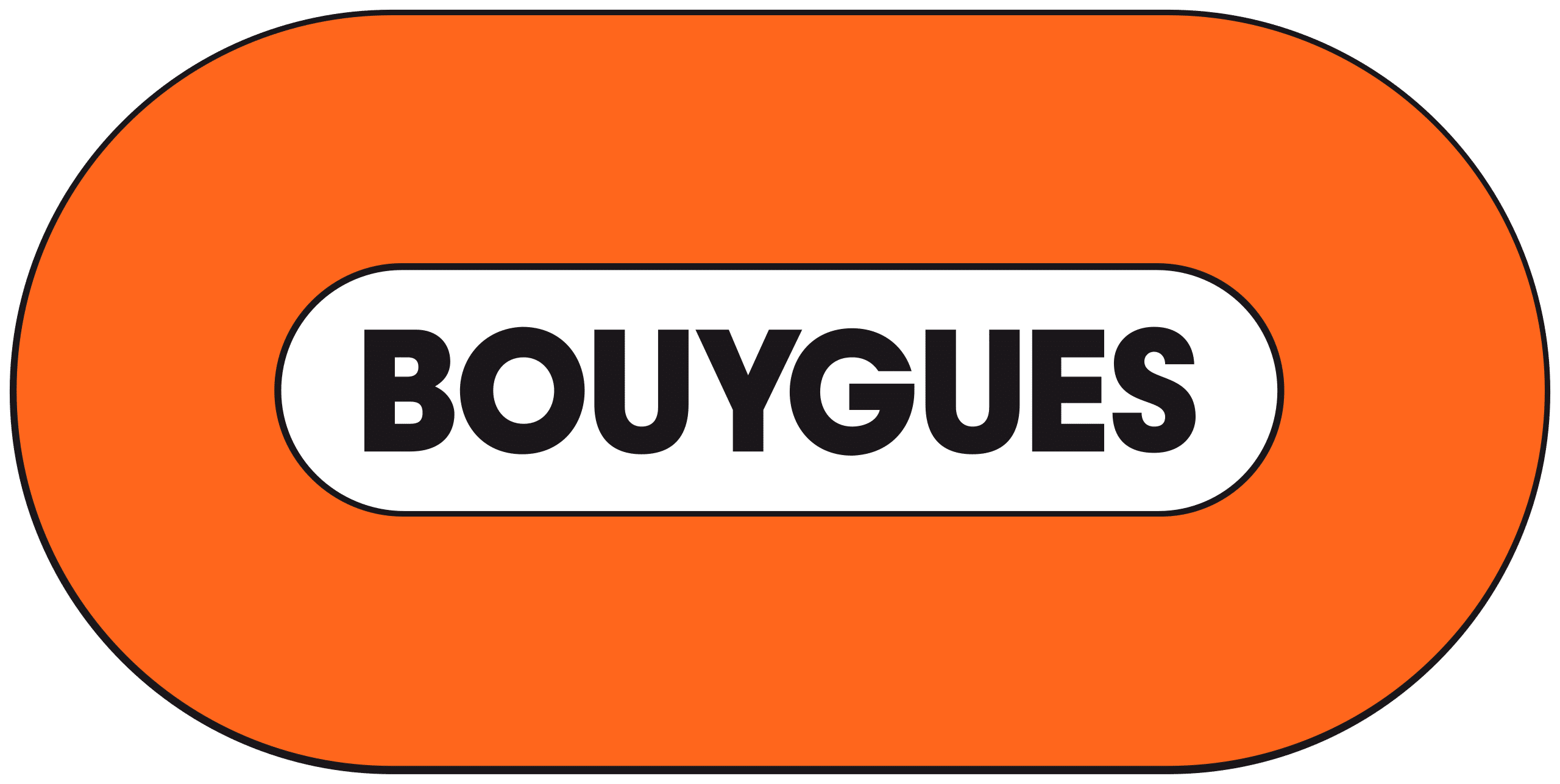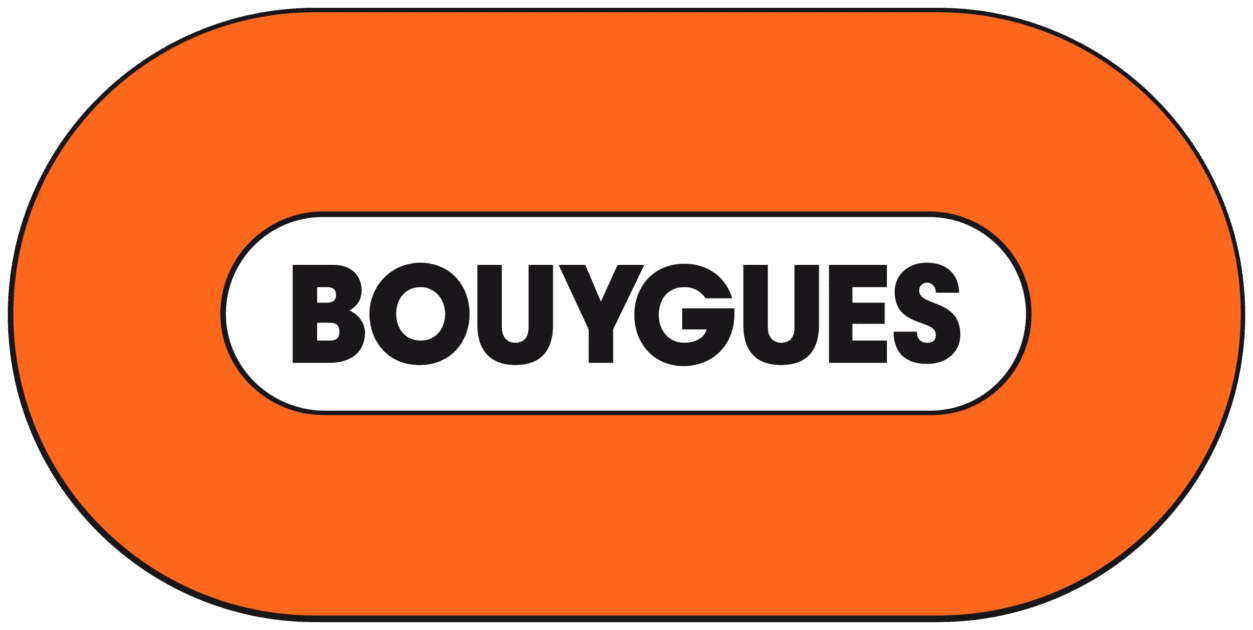
Real-Time Monitoring of Tunnel Wall Stability and TBM Progress During Excavation
The construction team needed a reliable way to monitor the structural stability of tunnel walls during excavation. These structures are subjected to constant ground pressure and dynamic stresses from the tunnel boring machine (TBM), which can cause deformation, cracking, or displacement over time—requiring continuous, precise monitoring to ensure safety and construction accuracy.
Our collaboration
in 3 key metrics
1
Specification & Planning
2
Deployment & Integration
3
Automated Monitoring & Insights
Context
Accuracy
Point cloud monitoring delivers millions of data points across the entire tunnel surface, providing a dense, continuous 3D representation instead of discrete measurements. This allows engineers to detect subtle deformations or alignment shifts that total stations may miss, ensuring millimetric precision over large areas..
Automation
Unlike total stations, which require manual setup and repeated measurements, LiDAR-based point cloud systems can operate automatically and continuously. Data is collected and processed in real time, minimizing human intervention and ensuring constant visibility on structural behavior.
Speed
Point cloud acquisition captures an entire scene in seconds, dramatically reducing survey time compared to point-by-point total station measurements. This enables faster decision-making and more frequent monitoring without interrupting construction activities.
Safety
Automated scanning keeps personnel away from active excavation zones and hazardous environments. Continuous remote monitoring reduces the need for manual presence near the TBM or unstable surfaces, enhancing safety while maintaining complete situational awareness.
Challenges They Faced
Limited Visibility Between Inspections
- Traditional manual surveys only provide data at fixed intervals.
- Critical displacements can occur unnoticed between inspections.
High Operational Costs
- On-site measurements require specialized teams and equipment.
- Frequent inspections disrupt traffic and add labor expenses.
Harsh and Dynamic Environment
- Level crossings experience constant stress from heavy vehicles.
- Weather, vibration, and temperature variations affect stability.
RESULTS
What we achieved
together
By implementing Inspemon’s automated LiDAR monitoring solution, the client transformed their maintenance strategy : They now benefit from real-time displacement detection, enabling proactive interventions instead of reactive repairs.
The result:
- 35% reduction in maintenance costs,
- zero service disruptions,
- and enhanced safety at level crossings.
This success demonstrates how technology-driven monitoring ensures long-term infrastructure reliability.

